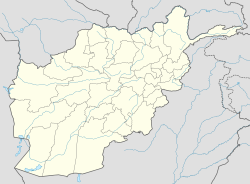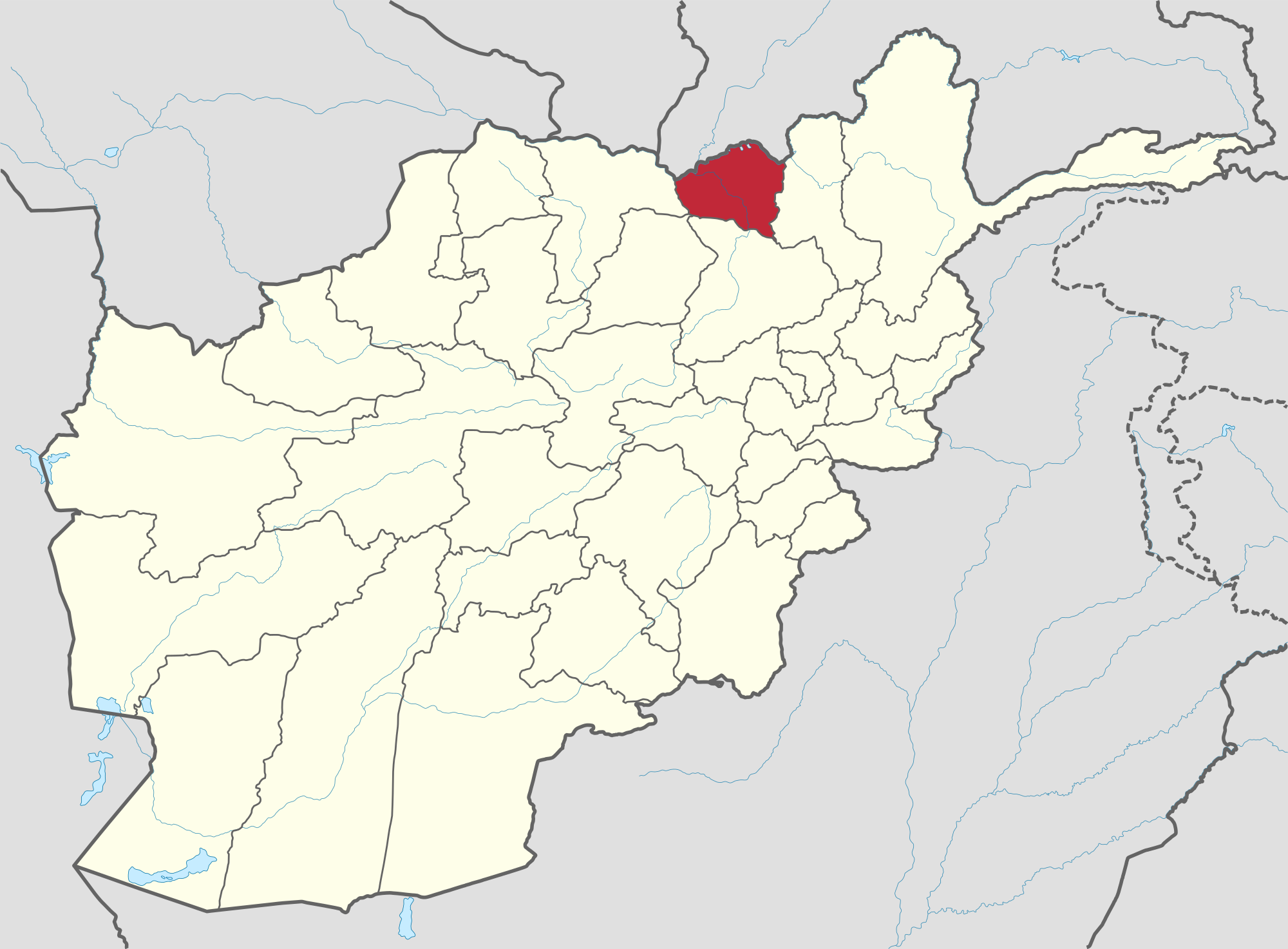 Kunduz[pronunciation?] (Pashto: کندز; Persian: قندوز) is a city in northern Afghanistan, which serves as the capital of Kunduz Province. It is sometimes spelled as Kundûz, Qonduz, Qondûz, Konduz, Kondûz, Kondoz, or Qhunduz.
Kunduz[pronunciation?] (Pashto: کندز; Persian: قندوز) is a city in northern Afghanistan, which serves as the capital of Kunduz Province. It is sometimes spelled as Kundûz, Qonduz, Qondûz, Konduz, Kondûz, Kondoz, or Qhunduz.Sitting in the Kunduz District, the population of the city is around 304,600.[1] It is about the 5th largest city of Afghanistan in terms of population.
Kunduz is located in the historical Tokharistan in the region of Bactria. It is linked by highways with Mazar-e Sharif to the west, Kabul to the south and Sher Khan Bandar to the north. Kunduz is located at an elevation of 391 meters above sea level.








